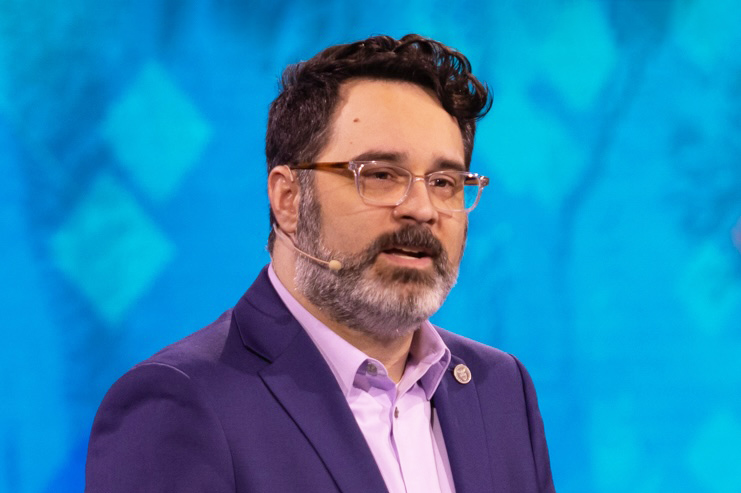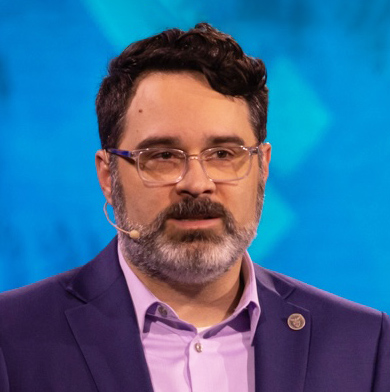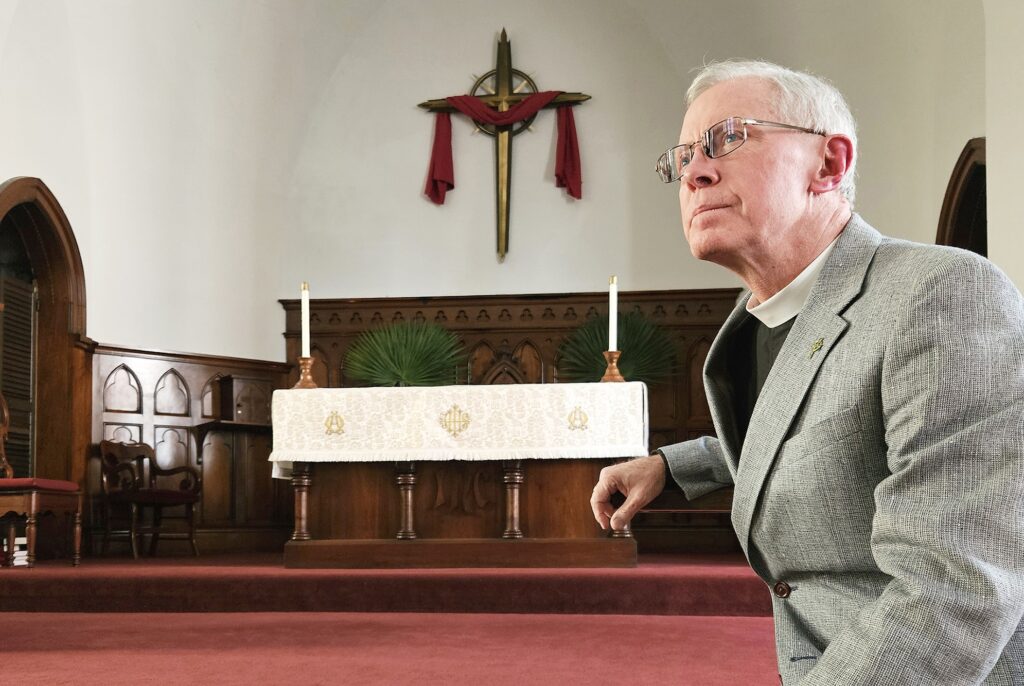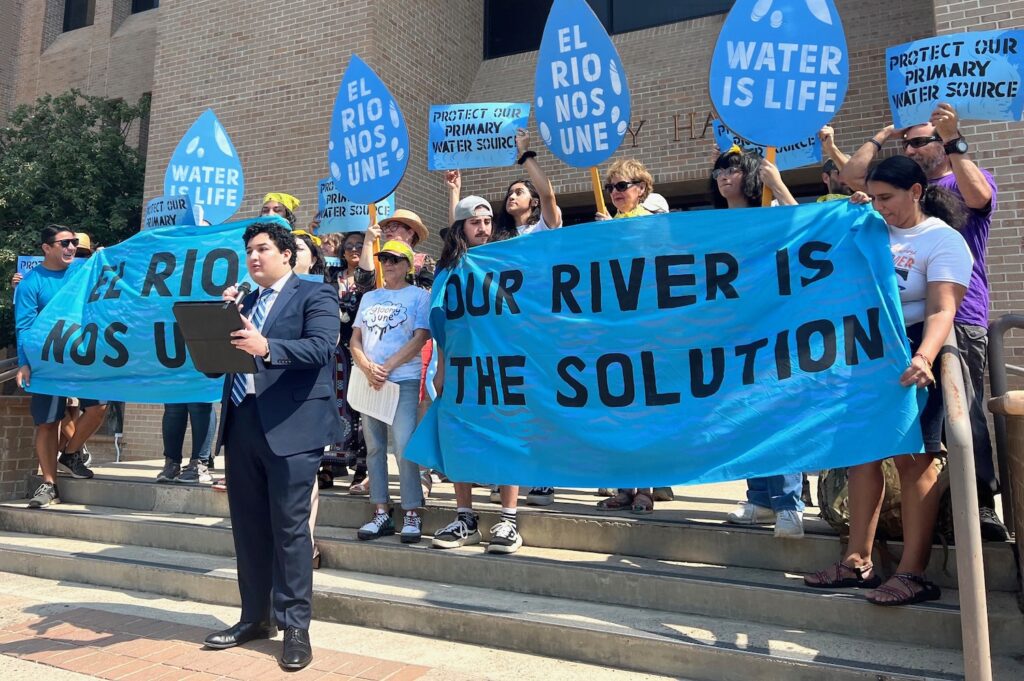For Adam Pfister, achieving the SDGs starts with listening — and geography.
As Lead Solutions Engineer at Esri, a global software company specializing in geographic information system (GIS) technology, Adam works with businesses, governments, and nonprofits to utilize what the company calls “the science of where” to achieve sustainable development and tackle complex challenges ranging from supply chain waste to water sanitation. This means creating, managing, analyzing, and mapping a massive amount of data.
“It starts with understanding and listening to the people you’re talking to,” Adam says. “You don’t just come in and drop the solution on top of their heads and run away. It begins with asking: What do you need to improve your community or company and affect positive change?”
He points to Esri’s Living Atlas of the World — the planet’s foremost collection of geographic information — as just one example of the tools that can be used to make sense of the unprecedented amount of digital information that exists today. Tools like these will be critical for tracking progress and informing action toward the SDGs, particularly given the framework’s 231 indicators to standardize data collection across borders, backgrounds, and sectors.
“Say you’ve mapped poverty by county,” Adam says. “Now what?” Using GIS technology, people can add more variables to the analysis, like education rates or water quality, to learn how these issues intersect. The ultimate goal is to share knowledge and inform better policymaking.
Right now is an especially exciting time to work in the field given the rise of Artificial Intelligence (AI), which promises to unlock even more effective and efficient ways to synthesize and utilize the growing wealth of information available online. Instead of spending hours searching across hundreds of websites, generative AI can take a user’s query and focus the Internet’s vast knowledge on the topic at hand. “It will make data discovery so much easier and can really accelerate research and work,” Adam says. He is currently creating a prototype, dubbed “SDG AI Assistant,” that will pull from government and UN data sets to assess indicators on a local-to-global scale.
This kind of intel is crucial across all sectors — private, public, and academic alike. According to Esri, its customer base includes 90% of Fortune 100 companies, most national governments, 30,000 cities and local governments, all 50 U.S. states, and 12,000 universities worldwide.
While Esri’s business model focuses on customer success, it’s not the company’s only bottom line, Adam says. “It’s also about using our software to be more responsible to the world.”
— M.J. Altman, United Nations Foundation





